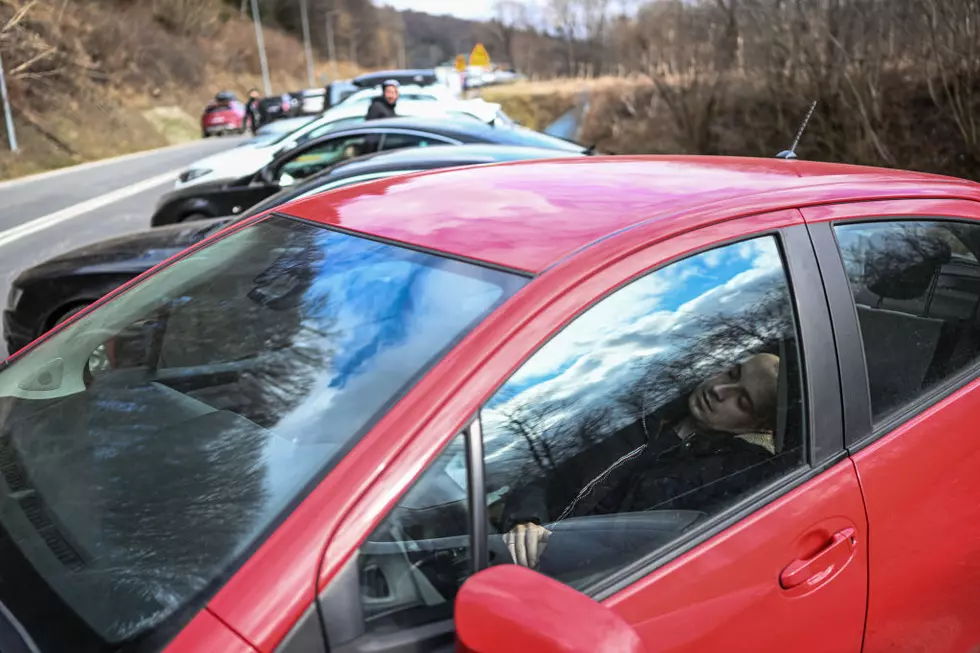
Will The Weather Allow Us To See The Eclipse In North Dakota?
The solar eclipse is set to race across America on Monday, April 8th.
The main path of the solar eclipse will go from Texas all the way up to Maine. Although we won't be in the path of totality in North Dakota, we are expected to be at 55% obscuration in Bismarck Mandan.
The southeast part of North Dakota will have the best view of the solar eclipse at around 60% obscuration.
Here's a map showing the path of totality. As you can see, North Dakota is a long way from the big show.
We also have something else in North Dakota working against us when it comes to viewing the solar eclipse this year.
The weather is going to be a problem, in particular cloud clover. The latest forecast from the National Weather Service in Bismarck as of Saturday, April 6th is calling for cloudy conditions throughout the day with rain showers in the morning. We have a 70% chance of rain, so it appears likely.
We may not even see a break in the clouds and could miss the solar eclipse altogether.
We are not expected to lose the clouds until Tuesday. The solar eclipse will start in Bismarck at 12:46 pm, and will peak at 1:54 pm, and will end at 3:03 pm.
Just our luck in North Dakota. Even with a partial view, we may not even get a peak of this year's solar eclipse. Aren't you glad you didn't drop a bunch of money on glasses?
Now, keep in mind, that forecasts change, but as of right now, it doesn't look good for North Dakota.
LOOK: The most extreme temperatures in the history of every state
Gallery Credit: Anuradha Varanasi



